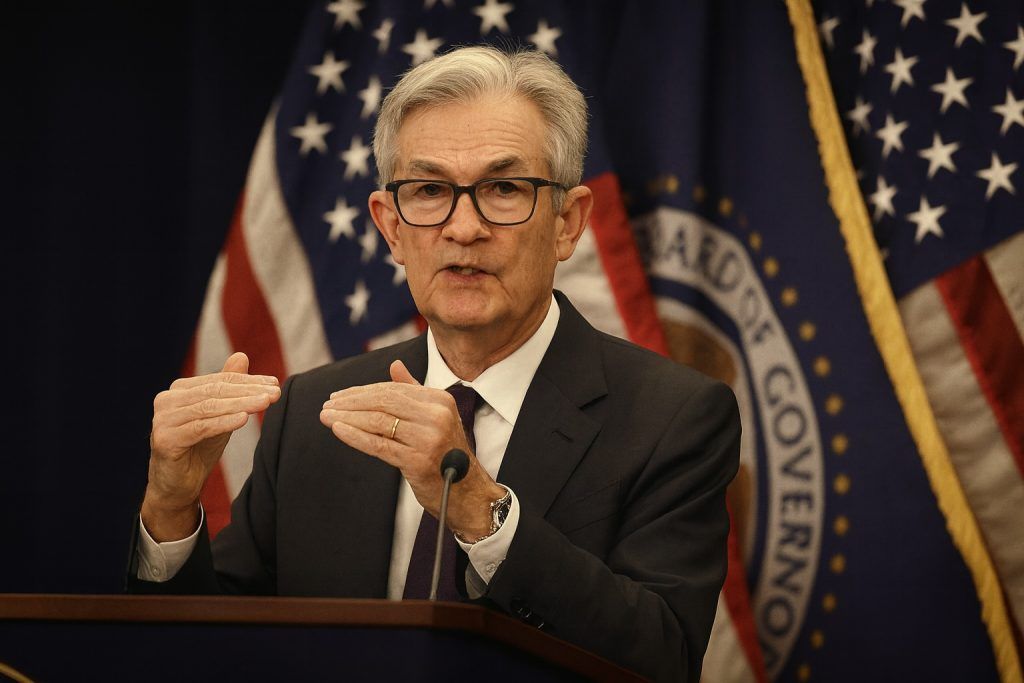
Federal Reserve Chair Jerome Powell has signaled that the era of Quantitative Tightening (QT)—the Fed’s balance sheet reduction program—may soon come to an end. Speaking at a recent policy forum, Powell stated that the U.S. central bank could halt QT “in the coming months,” marking a potential turning point in its monetary policy tightening cycle.
Powell’s remarks suggest growing concern inside the Fed about liquidity conditions in the financial system. He pointed to signs of stress in short-term funding markets, including a steady rise in repo rates and temporary funding pressures during key settlement dates. These developments echo the 2019 episode when liquidity shortages forced the Fed to intervene, underscoring the need to maintain what Powell called an “ample reserves regime” to support stable financial markets.
The Fed has been reducing its balance sheet since mid-2022, allowing Treasuries and mortgage-backed securities to roll off at a controlled pace. This process has already shrunk the balance sheet by more than $1.5 trillion, tightening financial conditions and draining liquidity from the banking sector. However, with signs that reserves may be approaching critical levels, Powell’s comments indicate that the central bank could pause QT sooner than previously expected.
Economists view this as a dovish shift in the Fed’s communication. Ending QT would ease the pace of liquidity withdrawal and could support financial markets just as investors brace for potential interest rate cuts later this year. Powell, however, avoided setting a firm timeline, emphasizing that the Fed would continue to “monitor a wide range of indicators” before making a final decision.
Financial markets quickly reacted to Powell’s statement. U.S. Treasury yields fell, the dollar weakened, and equities rallied as traders priced in the possibility of a less restrictive monetary policy stance. The move was interpreted as a signal that the Fed is prioritizing financial stability and market liquidity over further tightening.
For investors, the potential end of QT represents a major shift. Over the past two years, the Fed’s dual strategy of raising interest rates and shrinking its balance sheet has exerted heavy pressure on global markets. A pause in QT could therefore improve liquidity, stabilize funding costs, and support risk assets like stocks and emerging market bonds.
Still, uncertainty remains. Powell’s “coming months” phrasing leaves room for flexibility, allowing policymakers to assess the data on reserve balances, repo markets, and inflation trends before acting. If inflation continues to cool and liquidity pressures rise, analysts expect the Fed to officially announce the end of QT as early as the first quarter of 2026.
In short, Powell’s latest remarks mark the most direct signal yet that the Federal Reserve is preparing to pivot from tightening to stabilization—a move that could reshape market expectations and redefine the next phase of U.S. monetary policy.
Watch video below :












